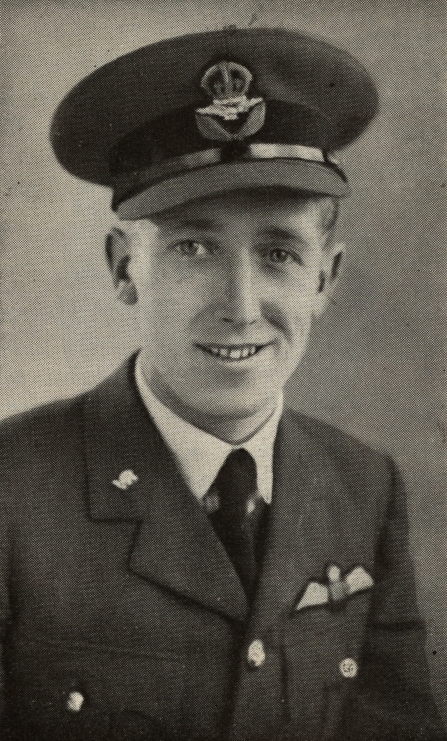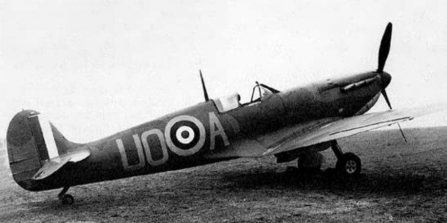On 22 November, 1940, Spitfire X4593, of 266 Rhodesian Squadron Royal Air Force was based at RAF Wittering; on a routine training flight with two other Spitfires, Pilot Officer Harold Edwin Penketh was seen to break formation entering a dive from which he failed to fully recover. Witnesses stated that his aircraft partially recovered at around 2,000ft but then re-entered a dive and struck the ground vertically.
Pilot Officer Penketh did not attempt to use his parachute and was killed in the crash, his body was recovered and returned to his home town of Brighton at the time. Investigations concluded that either a failure of the oxygen system or other physical failure had occurred.
Marking 75 years since the Battle of Britain, the Wildlife Trust and Great Fen project partners undertook to excavate the Spitfire, recruiting the services of professional archaeologists. The dig was timely to preserve a record of this important piece of fenland heritage before the rising water table – with ongoing land restoration to wetlands – would have made this impossible. A geophysical survey was conducted in August 2015, and the remains of the plane located. The excavation was carried out by Oxford Archaeology East, project managed by Stephen Macaulay. They were joined by personnel of the Defence Archaeology Group who oversee OPERATION NIGHTINGALE, a ground-breaking military initiative using aspects of field archaeology and heritage skills to aid recovery and skill development of service personnel and veterans suffering injuries due to military service, plus aviation archaeology experts from Historic England were on site. Wildlife Trust staff and volunteers from the Great Fen Archaeology Group also joined the excavation. A Battle of Britain Memorial Spitfire flypast took place 3pm, Thursday 8 October.












